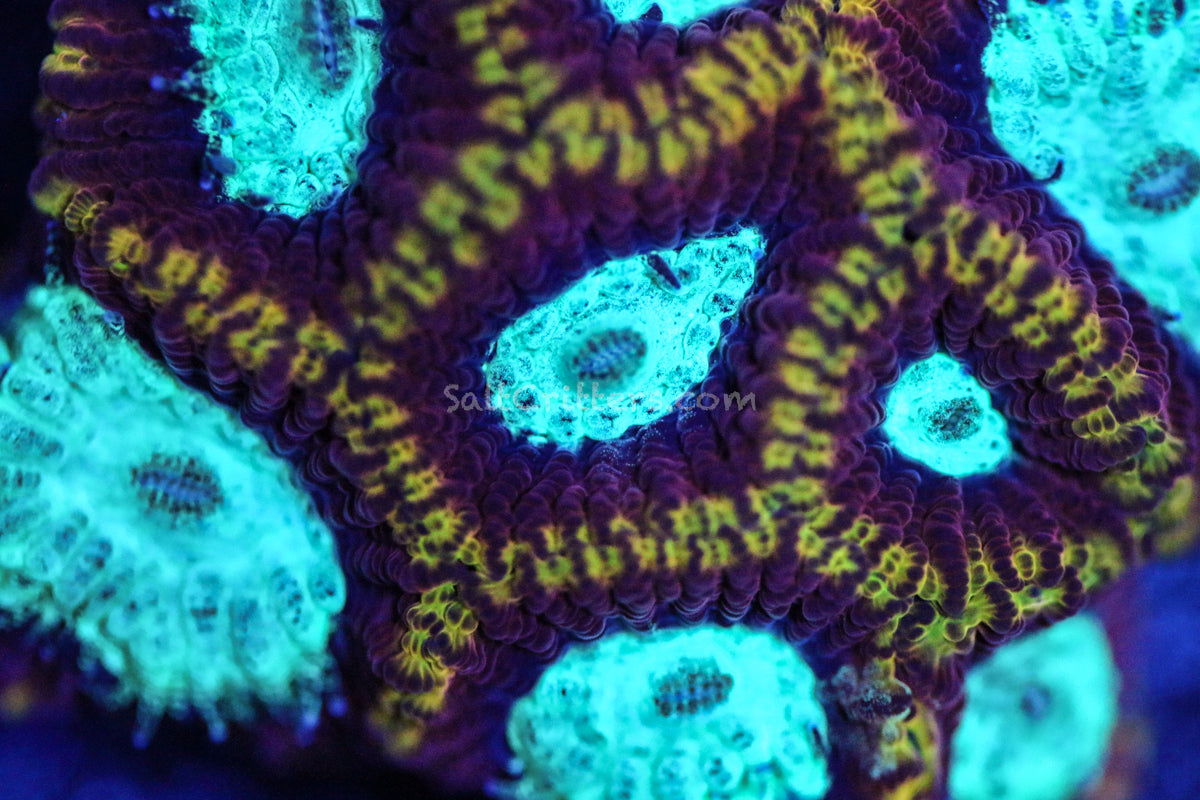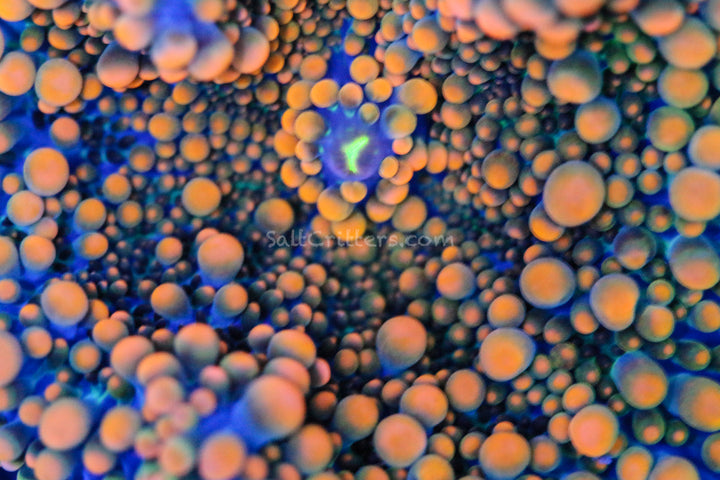
Coral reefs are among the most diverse ecosystems on the planet, housing a plethora of marine life and contributing significantly to coastal protection and biodiversity. Within these reefs, various coral species play vital roles in maintaining the ecosystem's health and balance. Among these species, Favia and Favites are two genera that often garner attention from marine enthusiasts and researchers alike. In this blog post, we delve into the distinctions between Favia and Favites corals, shedding light on their characteristics, habitat preferences, and ecological significance.
Understanding Favia and Favites. Both Favia and Favites belong to the family Merulinidae and are commonly referred to as "brain corals" due to their characteristic appearance resembling a human brain's convoluted surface. Despite their similarities, these genera exhibit distinct features that set them apart.
Favia corals typically form massive colonies with distinct rounded or dome-shaped corallites. These corals often display vibrant colors ranging from greens and browns to blues and purples, adding to the visual appeal of coral reefs. Favia colonies are known for their slow growth rates compared to other coral species, making them resilient but also susceptible to environmental stressors such as changes in water temperature and pollution.
Key Features of Favia Coral:
- Rounded or dome-shaped corallites.
- Vibrant coloration.
- Slow growth rate.
- Resilient to environmental stressors.
Favites corals, on the other hand, typically form larger colonies with corallites arranged in a more irregular pattern compared to Favia. These corals often exhibit a wider range of colors and may display distinctive ridges or valleys on their surface. Favites colonies are known for their robust growth rates, contributing significantly to reef structure and complexity. However, like Favia, they are also vulnerable to environmental pressures, particularly coral bleaching events triggered by rising sea temperatures.
Key Features of Favites Coral:
- Larger colonies with irregularly arranged corallites.
- Wide range of coloration.
- Robust growth rate.
- Vulnerable to coral bleaching.
Both Favia and Favites corals play crucial roles in reef ecosystems, providing habitat and shelter for a diverse array of marine organisms, including fish, invertebrates, and algae. Their complex structures contribute to reef resilience by enhancing biodiversity and supporting essential ecological processes such as nutrient cycling and sediment stabilization. However, like many coral species, Favia and Favites face numerous threats, including habitat destruction, overfishing, pollution, and climate change, underscoring the urgent need for conservation efforts to safeguard these invaluable ecosystems.
In summary, while Favia and Favites corals share similarities in their appearance and ecological roles, they exhibit distinct characteristics that distinguish them from one another. Understanding these differences is essential for researchers, conservationists, and marine enthusiasts alike to appreciate the diversity of coral reefs and implement effective strategies for their protection and preservation in the face of ongoing environmental challenges. By recognizing the unique attributes of Favia and Favites corals, we can work towards ensuring the continued health and resilience of these vital marine ecosystems for generations to come.



Comments (0)
Back to Blog